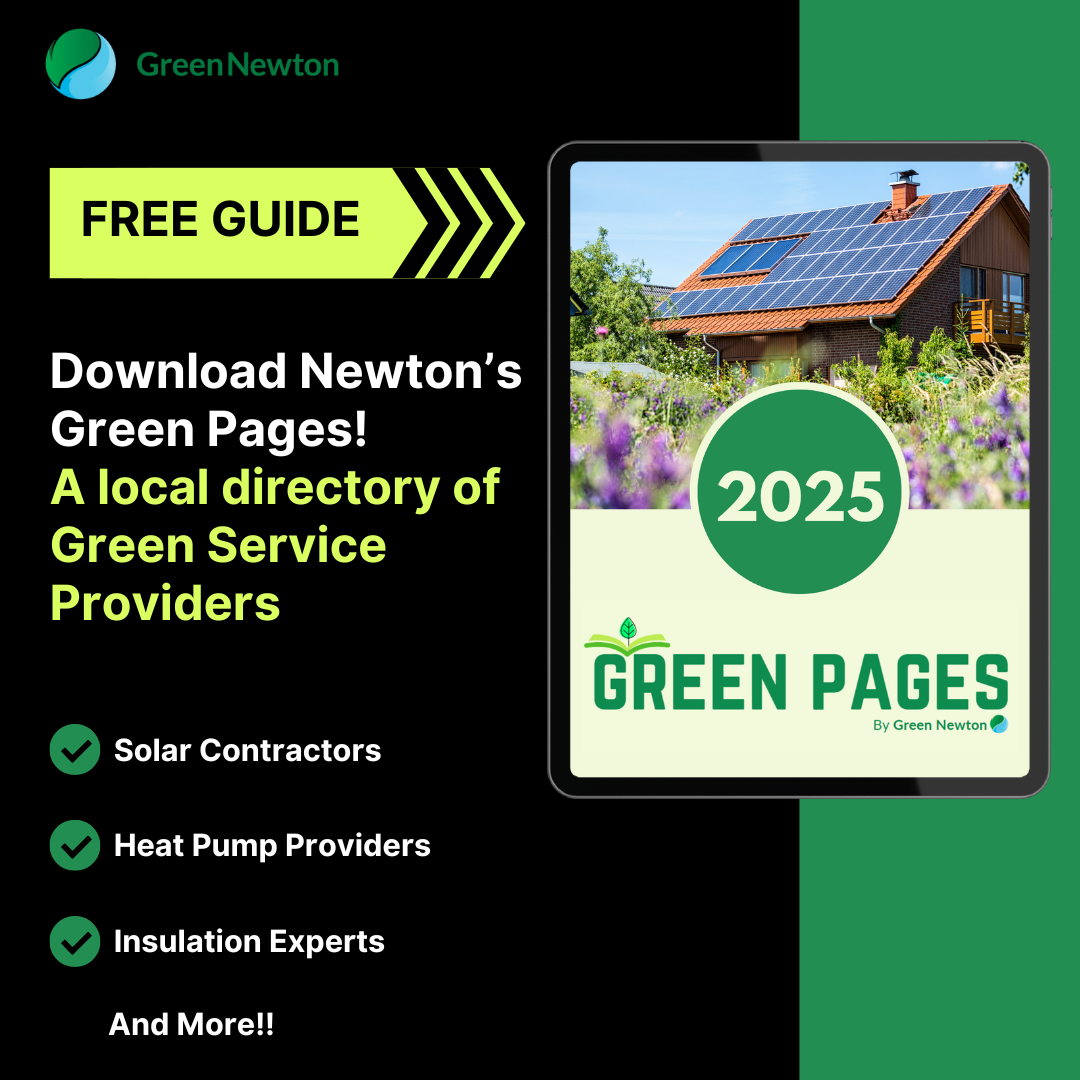Green Newton’s Schools Committee advocates sustainable practices and education in the Newton Public Schools. GN applauds Underwood Elementary’s “Green Team Captain” and Special Ed Aide, Andy Gluck, for the work he is doing to teach sustainability at his school. Below is his guide for students and teachers. You rock, Mr. Gluck!
Ways That Students Recycle
1. PAPER – Goes in the classroom green buckets. If you can tear it, you can recycle it. None that is wet or food stained, please. 5th graders are responsible for getting the bucket to the big grey garbage bins that read “paper only”.
2. CURBSIDE – This includes plastic, metal and glass. Yogurt cups, aluminum foil, juice boxes, seltzer cans, etc. as examples. Give these items a quick rinse and collect them in classrooms.
3. STRETCH PLASTIC – Plastic bags, Saran Wrap and food baggies. Nothing wet or food stained. Mr. Gluck brings it to Stop & Shop, Star or Whole Foods where they collect it and it is recycled back into new stretch plastic. Never put plastic bags or plastic food wrap with curbside since it gums up the automated sorting machines.
4. STYROFOAM – No packing peanuts, but white styrofoam pieces. Mr. Gluck will bring them to the Rumford Depot, the Newton recycling center, where they are recycled into hard PVC plastic like our park benches!
5. COMPOST – At every lunch period, but students are also encouraged to do it in your room for snack. Peels, cores, stems from fruit go in, plus pencil shavings and an occasional paper towel. Get a sealable container and get started! Place it to the yellow bucket in the lunchroom…or for older kids, into the large compost bin in the garden.
‘Reduce Your Carbon Footprint Requests’ for Teachers
If heading out of the classroom for more than a few minutes, manually turn off your lights. Use your window shades and windows to control temperature: shades up to allow solar warmth, down to cool. Windows cracked in the early part of the day, closed as the heat builds.


Recently on Twitter